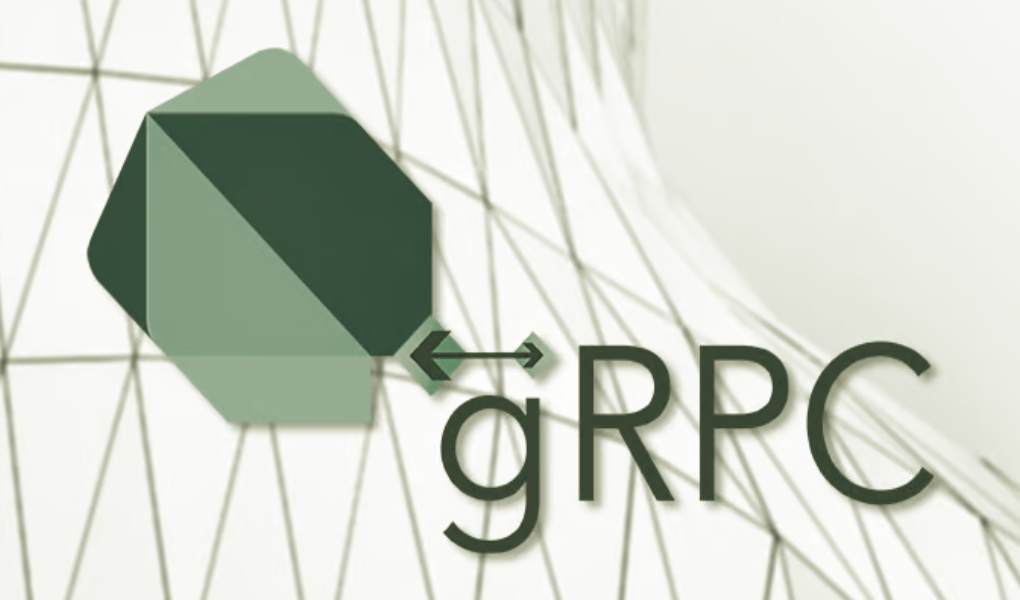The logic of gRPC, it is better to give historical background. The protocol was developed by Google in 2016 as a high-performance solution for interaction between microservices. All the advantages and weaknesses of the protocol follow from this.
HTTP and gRPC are fundamentally similar: developers define the rules of interaction between client and server. They define what methods are available, what resources can be used, and what parameters and data can be passed.
gRPC implements four types of service methods for data transfer:
- Unary. Allows the client to send one request and receive one response from the server. Suitable for situations where the client needs to perform an operation and receive a result, such as authentication or obtaining details about a resource.
- Streaming from server to client (Server Streaming). The client sends one request, and the server responds with a stream of data, sending many messages to the client. For example, when a news feed is requested, the server sends news as it becomes available.
- Streaming from client to server (Client Streaming). The client sends a stream of data to the server, and the server responds with a single message. Useful when transferring large amounts of data or logging events.
- Bidirectional Streaming. The client and server send streams of data to each other. This type of method is suitable, for example, for chatting or video streaming.
Advantages
- Protocol Buffers – a “lightweight” interaction format. This allows you to save traffic. The data format can be instantly converted into data structures supported by independent client and server programming languages.
- Speed. Software architect Ruwana Fernando wrote that the gRPC API is 7–10 times faster than the REST API. This is due to optimized data transfer and many other factors, including data compression mechanisms and the ability to make multiple requests and responses within a single connection.
- Effective communication. gRPC allows the client to execute “remote” (server) instructions as if the server were part of the local system. This is achieved by using Protocol Buffers to define the interface and transfer data in binary format, which reduces the need to serialize and deserialize data and makes communication more efficient.
For this reason, gRPC is used for power-constrained clients such as mobile devices and IoT (Internet of Things) devices.
- Search ability. Servers implementing gRPC can provide clients with a list of available requests on demand. This is called server-side reflection and has significant value when working with the gRPC API. While this is not a complete replacement for documentation, the list of supported instructions makes implementing the API much more straightforward.
Things To Remember
Designing and creating a gRPC API is objectively more complex compared to a REST API, especially if developers do not have experience working with Protocol Buffers and binary data. Protocol buffer messages are binary data, making them unreadable to humans. This can make debugging and testing difficult.
Setting up gRPC servers and clients may require additional effort, especially when using advanced features such as authentication and encryption.
The protocol is used in the development of microservices and distributed systems with significant growth potential. gRPC is better at handling large data streams and resource-intensive tasks.
Comparison Of HTTP And gRPC
The choice between HTTP and gRPC depends on what is more critical to your project: universality and simplicity (HTTP) or performance and strong typing (gRPC). If you need a high-performance, strongly-typed API and are willing to use code generation, then gRPC may be a good choice. However, if you value versatility and simplicity, then HTTP may be preferable.
Also Read: Best Apps To Learn New Languages



